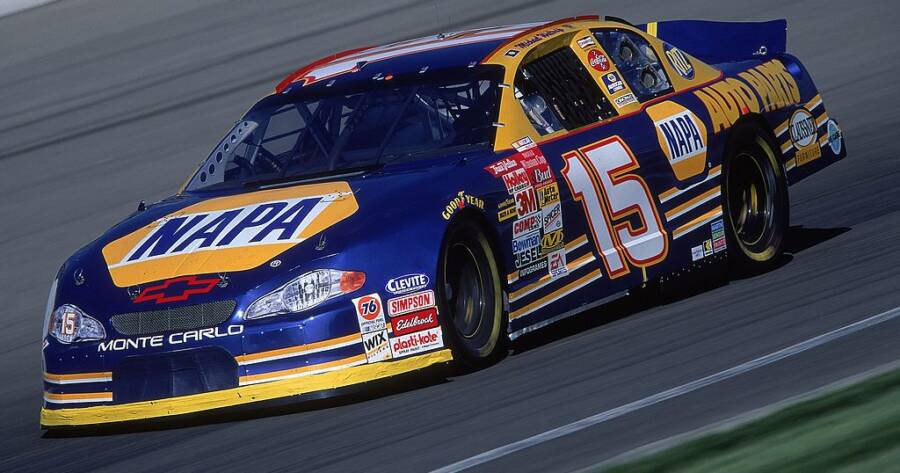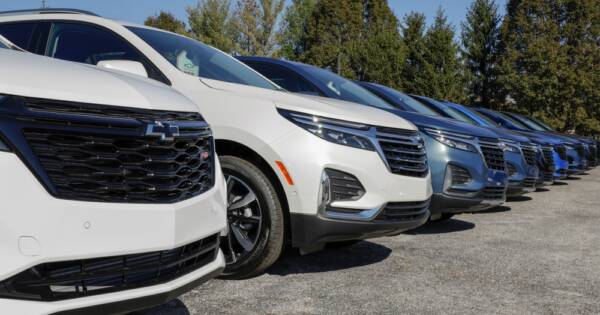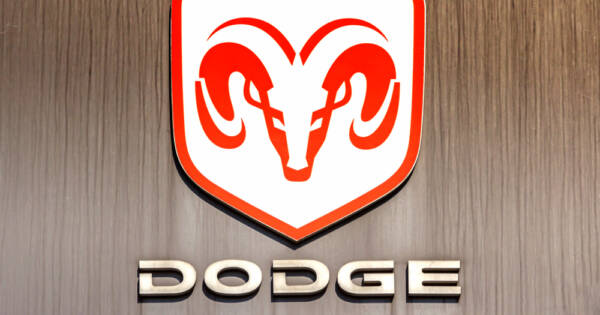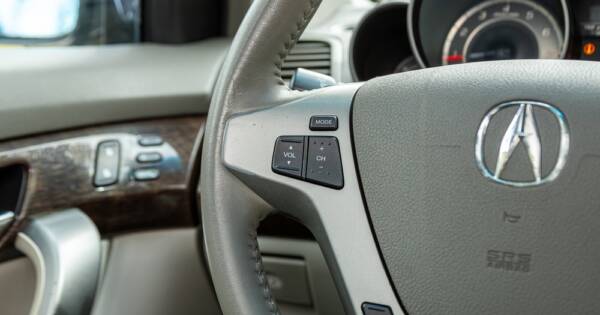Key Takeaways
- If you think Chevy and Ford are the only automakers that dominate NASCAR, then think again.
- From Hudson in the 1950s to Toyota in recent years, a range of automakers have churned out iconic cars.
- Here are ten historic cars that have blown away the competition over the years.
NASCAR has thrilled fans since its founding in 1948. That’s more than seven decades of wins, heartbreaks, and incredible cars. Over the years, many cars have succeeded. But only a handful have truly dominated.
Let’s look at ten cars that have earned a prime place in NASCAR history. Each one is an icon in its own right.
Dodge Charger Daytona
The Dodge Charger Daytona’s NASCAR days were short but memorable. Also known as one of the “Winged Warriors,” MotorBiscuit says it was effectively banned for “being too good at racing.” Before it was banned, the Dodge Charger Daytona dominated the 1969 and 1970 NASCAR seasons.
It won several races and was even the first car to clock a top speed of 200 miles per hour. After greater scrutiny, though, officials decided the large wing was too much of an aerodynamic advantage and the engine was too powerful. As a result, the Dodge Charger Daytona’s NASCAR days were over.
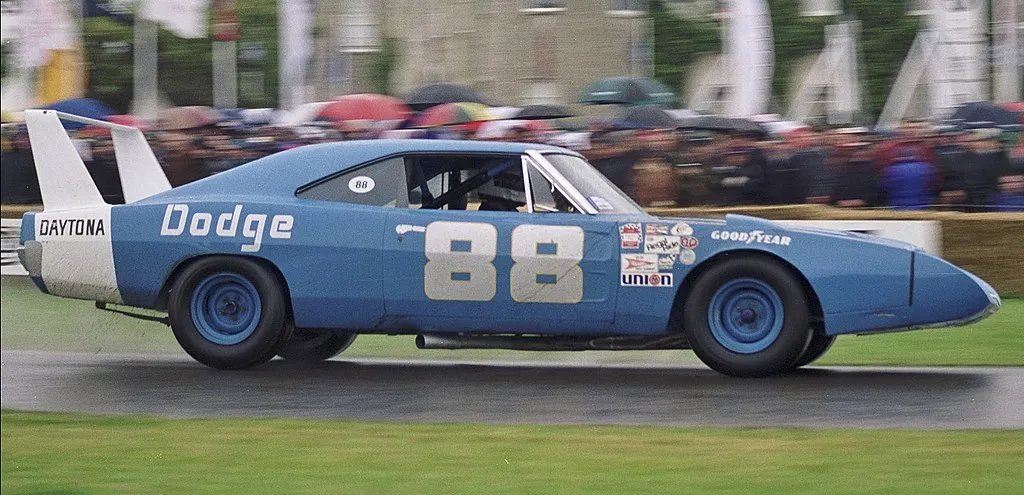 WikiCommons by PSParrot
WikiCommons by PSParrotChevy Impala
According to the NASCAR Hall of Fame, no automaker has won more NASCAR races and championships than Chevrolet. And the Chevy Impala is an important part of that story. For instance, Autoweek says it’s won 152 times.
It wasn’t a favorite of Dale Earnhardt Jr., Jimmie Johnson, and Jeff Gordon for nothing. Off the race track, Childre Chevrolet says the Impala also dominated car sales in America and became “the 10th bestselling vehicle in history.”
 WikiCommons by Royalbroil
WikiCommons by RoyalbroilHudson Hornet
If you’ve seen Pixar’s Cars, then you probably remember Doc Hudson — a Hudson Hornet voiced by Paul Newman. But you might not realize that the Hudson Hornet dominated NASCAR in the 1950s. According to HotCars, it “won 66 races from 1952 to 1954” alone.
So, what made the Hudson Hornet such a force? “With a relatively light weight and low center of gravity,” Autoweek says, “the Hornet was ahead of its time.” At the time, it was also noteworthy that the legendary vehicle wasn’t made by one of the “Big Three” automakers.
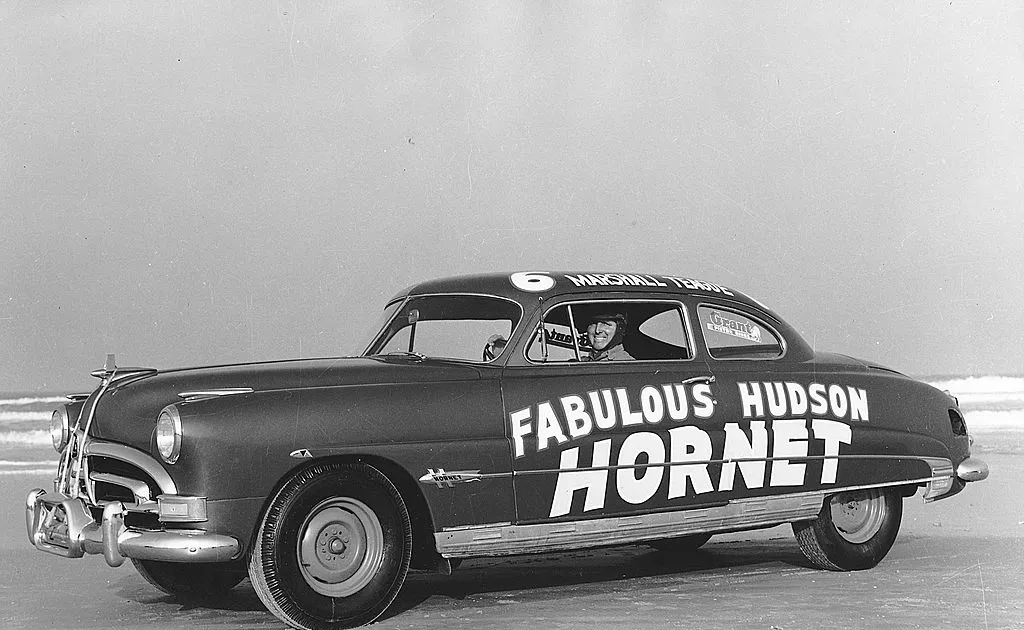 ISC Archives/CQ-Roll Call Group via Getty Images
ISC Archives/CQ-Roll Call Group via Getty ImagesFord Thunderbird
In 1987, Bill Elliott made NASCAR history in the Ford Thunderbird. According to Autoweek, “Awesome Bill From Dawsonville” set the record for fastest qualifying lap at 212.809 miles per hour. That record still stands 35 years later.
And Elliott’s historic lap was far from a fluke. The source says the Ford Thunderbird earned a total of 184 NASCAR wins — an impressive record, to say the least. Autoweek credits the car’s success to its powerful aerodynamics.
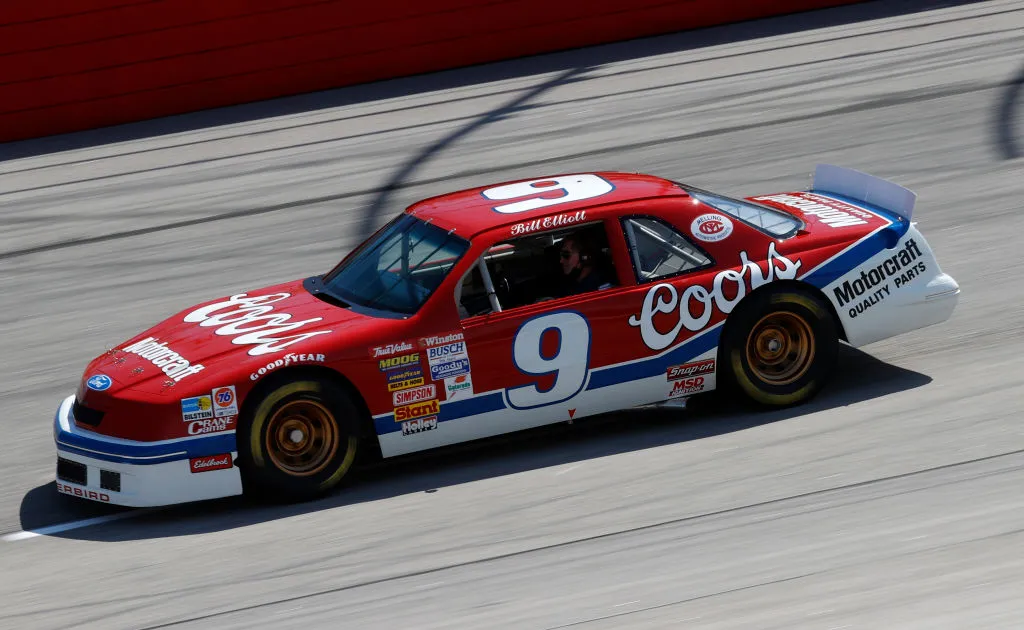 Chris Graythen/Getty Images
Chris Graythen/Getty ImagesBuick Regal
The Buick Regal was a force to be reckoned with in the early 1980s. In 1981, for instance, Autoweek says Darrell Waltrip won the Winston Cup and Richard Petty won the Daytona 500 in Buick Regals. Waltrip won again in 1982, as did Bobby Allison in 1983 — both in a Regal.
The Buick Regal was so dominant that competitors took note. In fact, HotCars says “Ford had to alter the Thunderbird and Chevy had to spruce up the Monte Carlo to remain viable competition.” In total, the Buick Regal has 63 NASCAR wins under its belt.
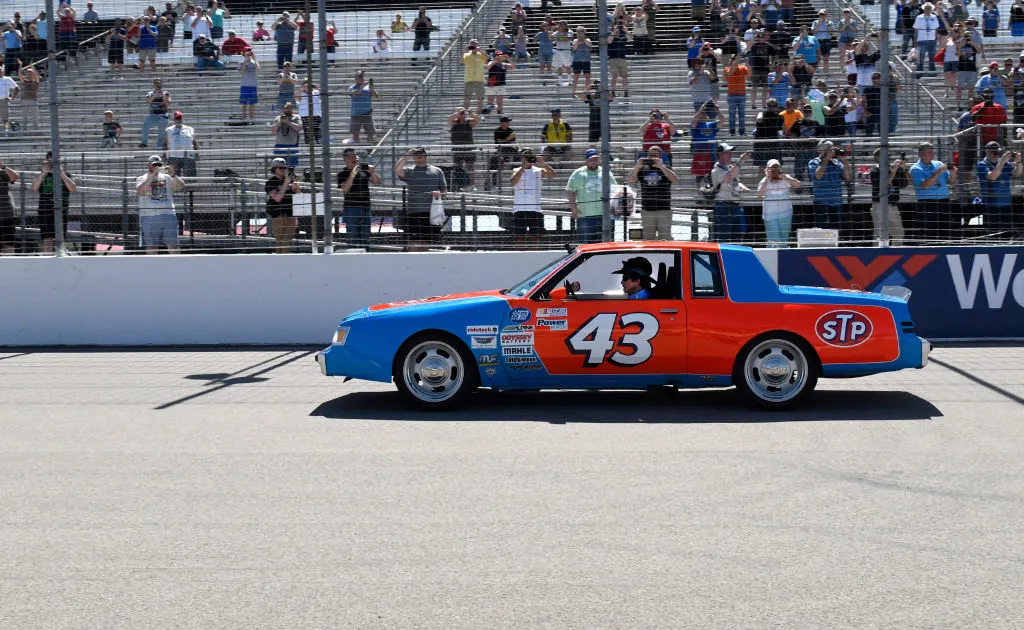 Getty Images
Getty ImagesChevy Monte Carlo
Speaking of the Chevy Monte Carlo, let’s take a look at perhaps the most dominant car in NASCAR history. As previously mentioned, Chevrolet is NASCAR’s winningest brand. And Autoweek says the Monte Carlo accounts for a whopping 396 of the brand’s wins.
The source says Jeff Gordon “won all four of his titles in it,” and HotCars says it made Dale Earnhardt Sr. a legend. As a result of his success in the Monte Carlo, Earnhardt Sr. earned his memorable nickname — The Intimidator. This Chevy has more than earned a special place in history.
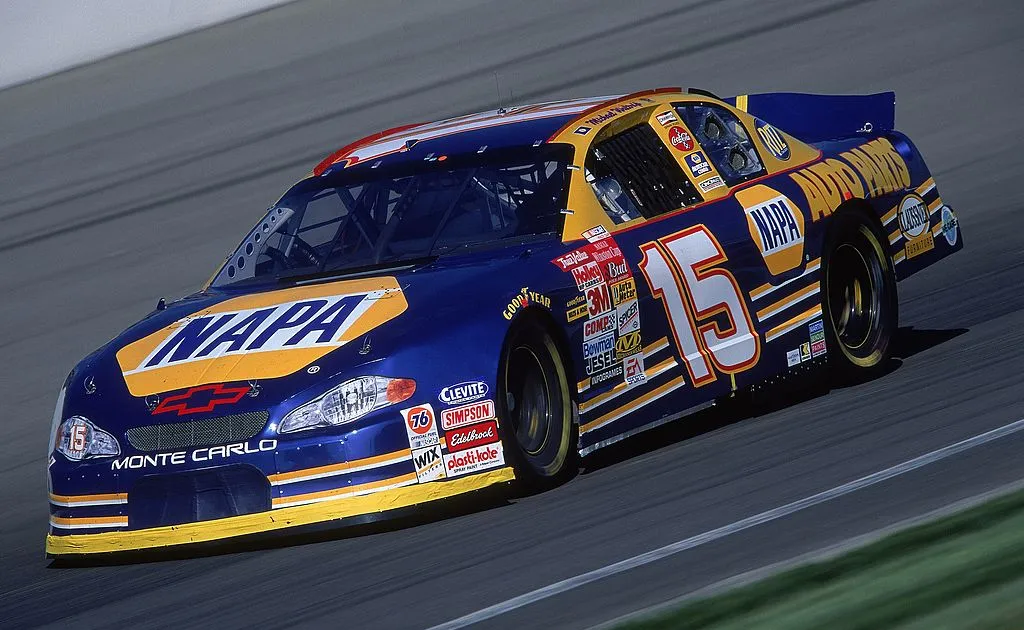 Robert Leberge /Allsport via Getty Images
Robert Leberge /Allsport via Getty ImagesChrysler 300C
The Hudson Hornet wasn’t the only car turning heads at NASCAR races in the ’50s. When the Chrysler 300C debuted, MotorTrend called it the “hottest of the hot crop of super cars.” Since the 300C went on to win the NASCAR manufacturer’s championships in 1955 and 1956, we’d say that description is apt.
Elmer Carl “EC” Kiekhaefer’s fleet of Chrysler 300Cs regularly won NASCAR races between 1955 and 1957, according to Autoweek. Two of his drivers — Tim Flock and Buck Baker — won the ’55 and ’56 Grand National championships. Kiekhaefer and his 300Cs left NASCAR in ’57 after being accused of cheating. However, nothing was ever proven.
 ISC Images & Archives via Getty Images
ISC Images & Archives via Getty ImagesPlymouth Superbird
The Plymouth Superbird is another one of the “Winged Warriors” that briefly dominated NASCAR in the late ’60s and early ’70s. After Plymouth lost legendary driver Richard Petty to Ford, FanBuzz says the brand designed the Superbird to get him back.
The ploy worked. Petty — or as he was nicknamed, The King — returned. According to The Drive, Petty and the Superbird scored “18 wins and 31 top 10 finishes” in 1970. The car is so iconic that it inspired one of the characters in Pixar’s Cars, which Petty voiced.
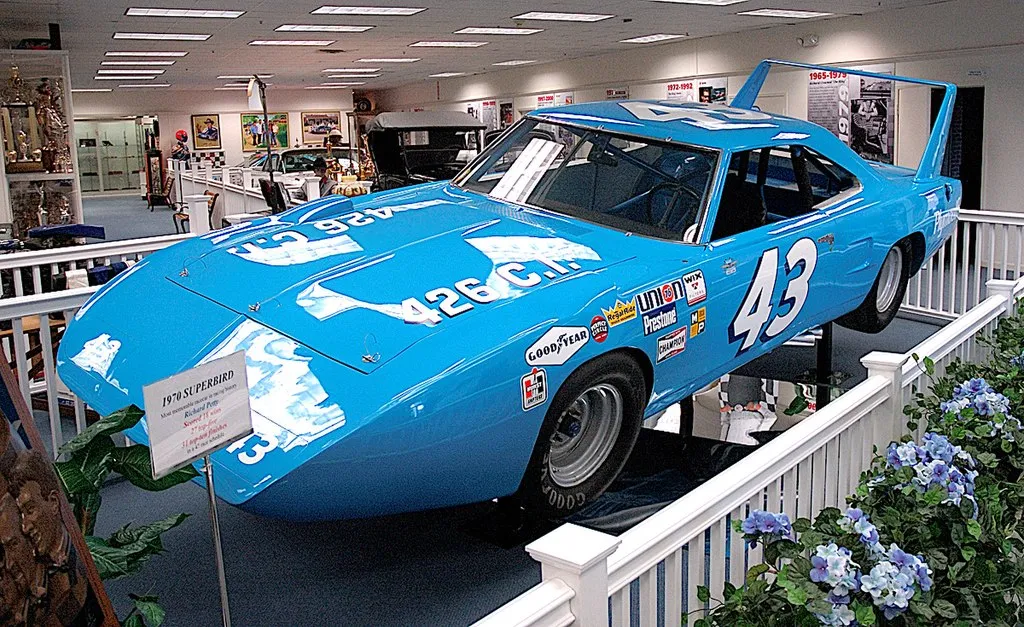 WikiCommons
WikiCommonsToyota Camry
While Chevy and Ford might be the first two brands that come to mind when you think of NASCAR, Toyota should be right there with them. After all, it has 148 wins, according to Autoweek. In 2015, Kyle Busch won the driver’s championship in a Camry — the first of three times a driver has earned the distinction in a Camry.
Then in 2016, 10 years after it began competing, Car and Driver says the Toyota Camry finally won its first manufacturer’s championship. 2017 and 2019 were even better years for the Camry — the source says its drivers took the top two spots in the driver’s championship and it won the manufacturer’s championship.
 Jim Fluharty/NASCAR Illustrated/Sporting News via Getty Images
Jim Fluharty/NASCAR Illustrated/Sporting News via Getty ImagesFord Galaxie
The Ford Galaxie is one of the most dominant and notorious cars in NASCAR history. For instance, HotCars says Dan Gurney, Ned Jarrett, and Fred Lorenzen all drove Galaxies to victory. And the car earned a total of 199 wins. Lorenzen drove the 1966 Ford Galaxie, nicknamed the Yellow Banana, which makes the vehicle so controversial.
As FOX Sports puts it, the Yellow Banana “was the most outrageous, bodacious, and flagrantly illegal car to ever compete in a NASCAR event.” The source says the vehicle was modified in a way that made its sheet metal slope a bit like a banana and made it impossible for Lorenzen to climb in normally — instead, he had to be lifted and slid in.
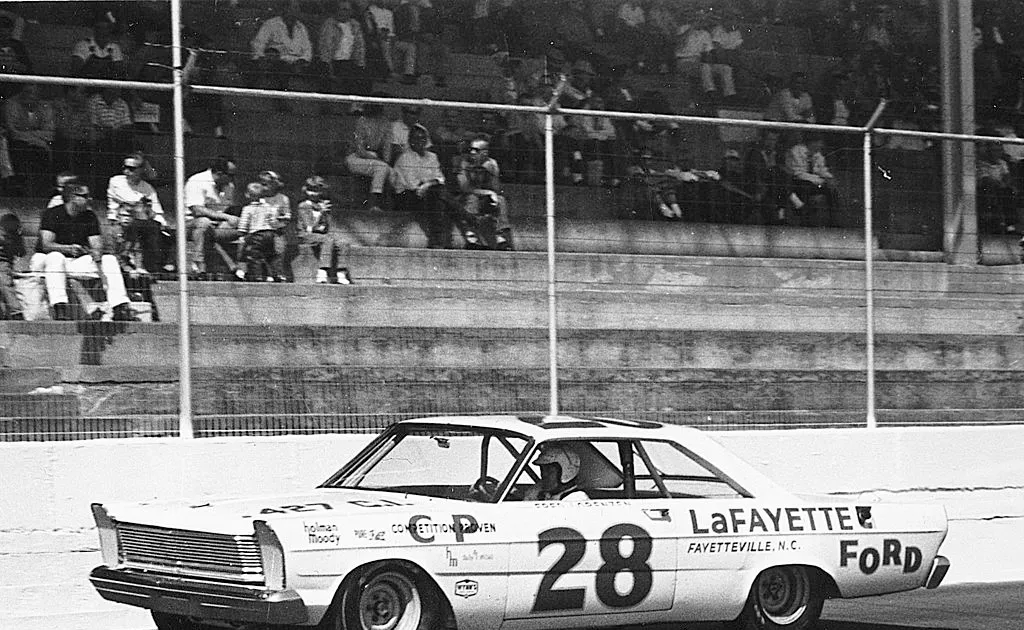 ISC Images & Archives via Getty Images
ISC Images & Archives via Getty Images